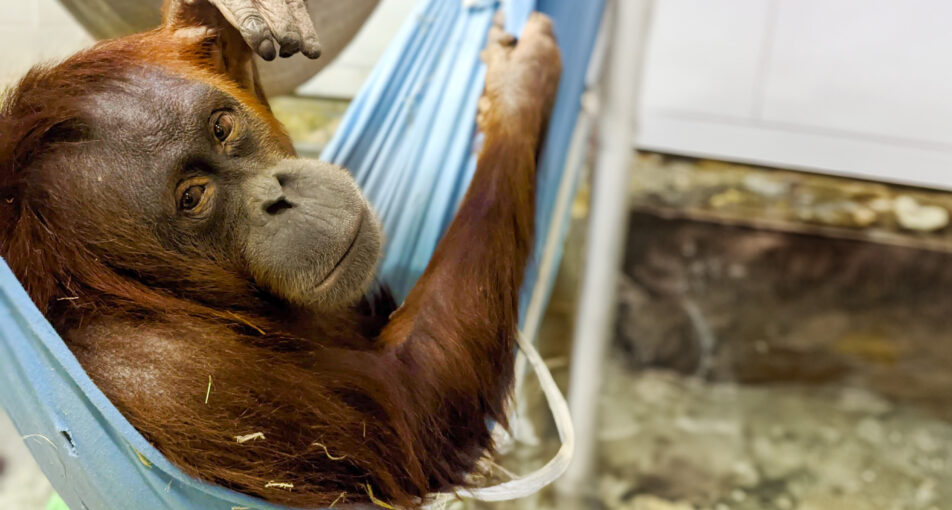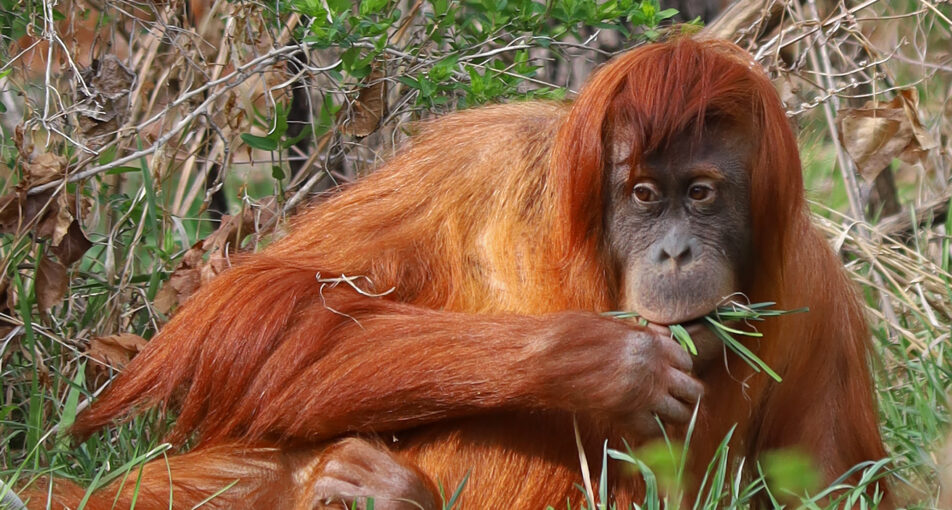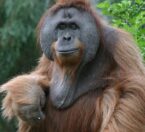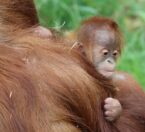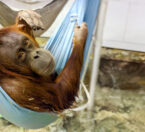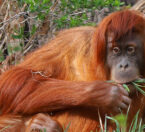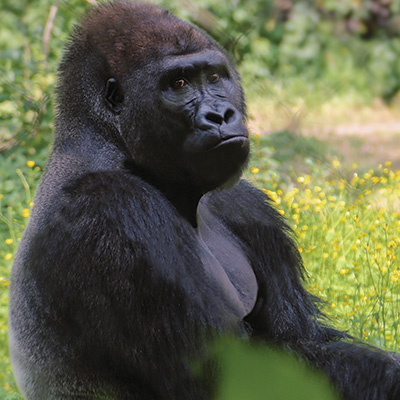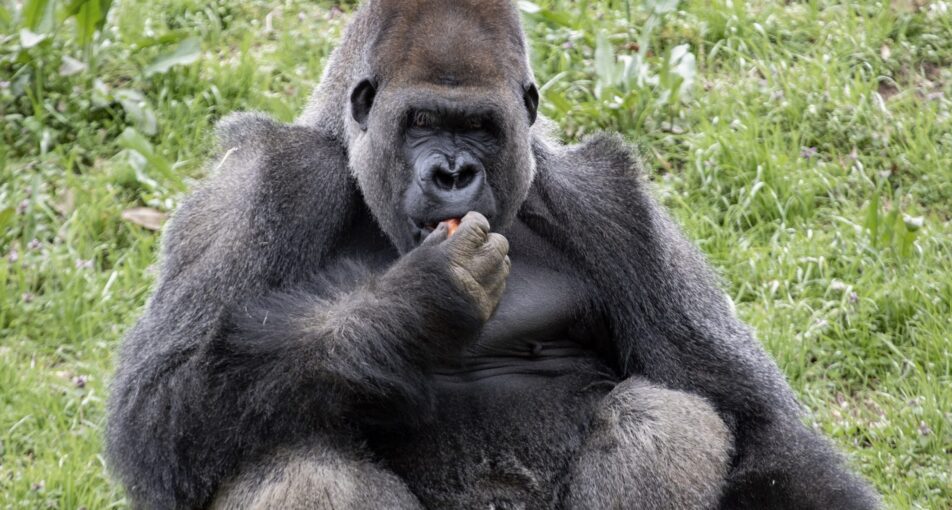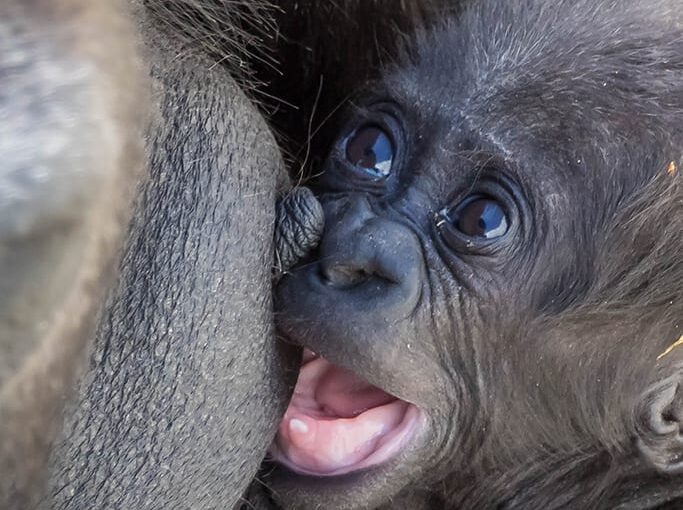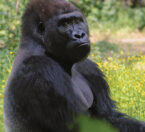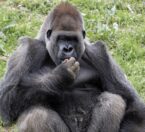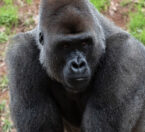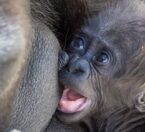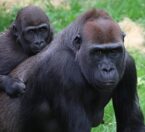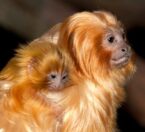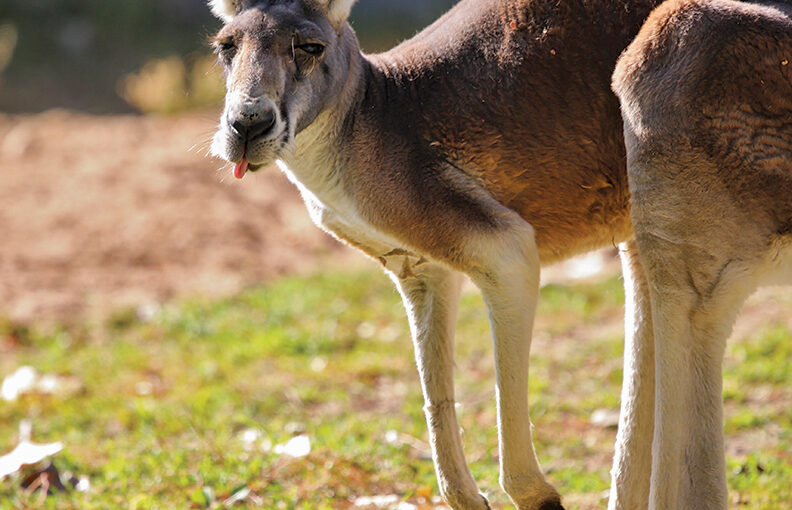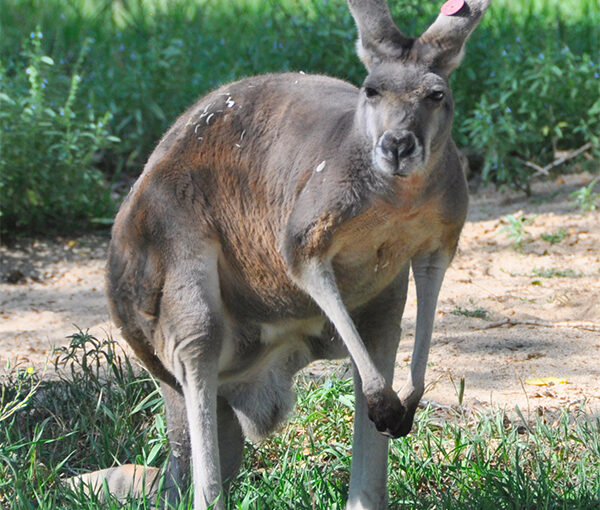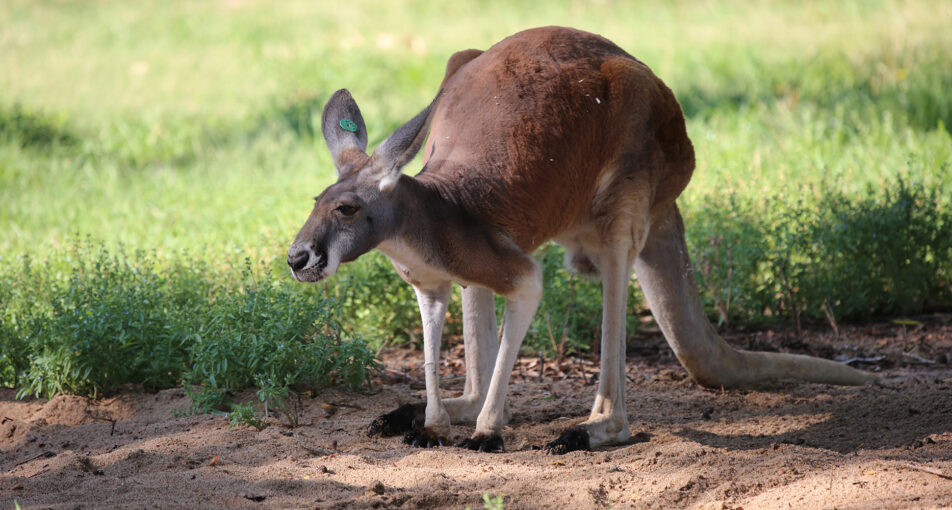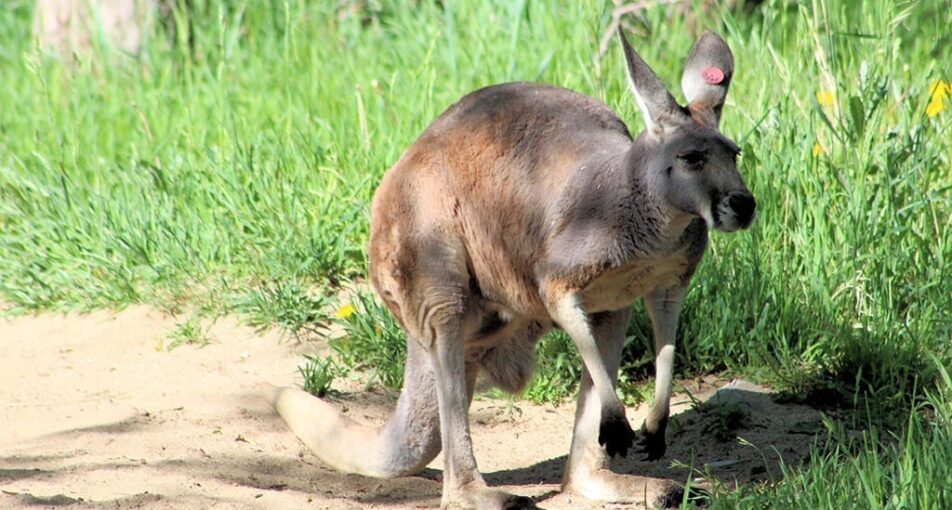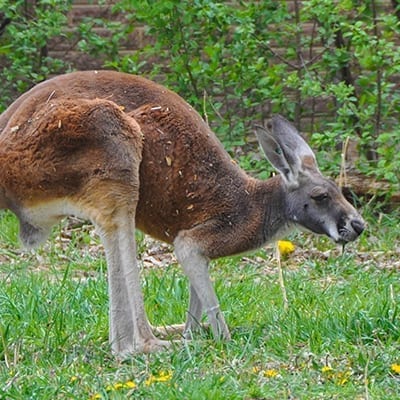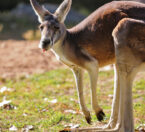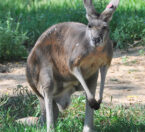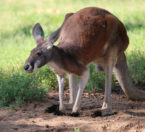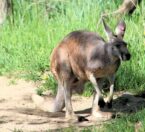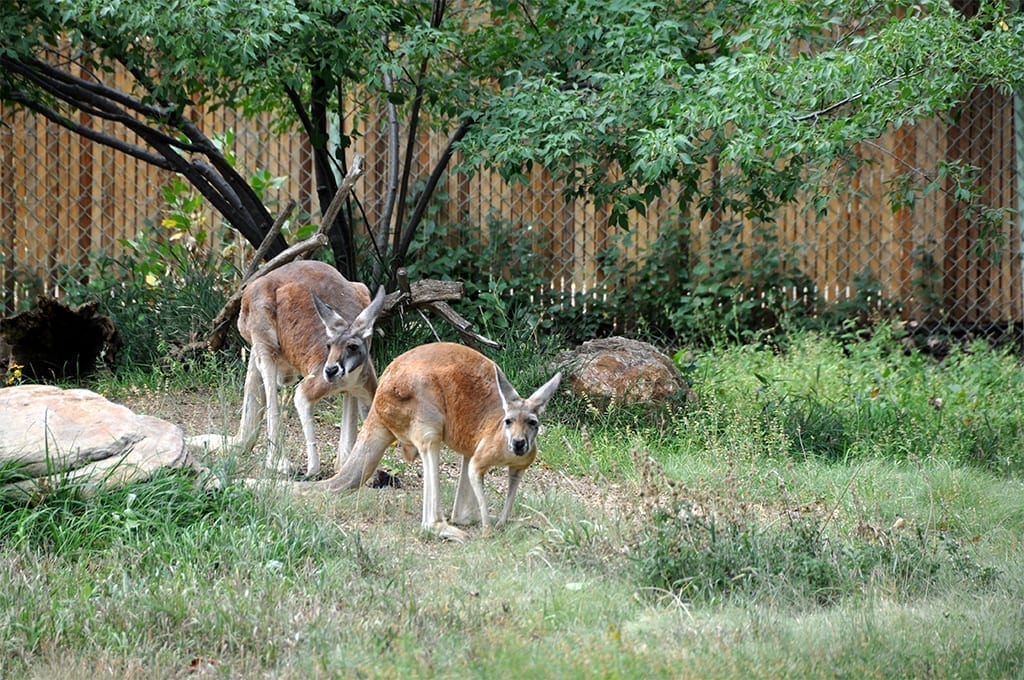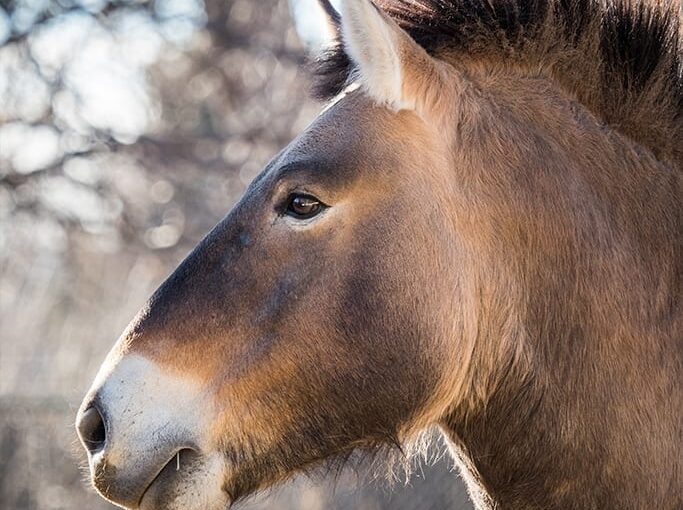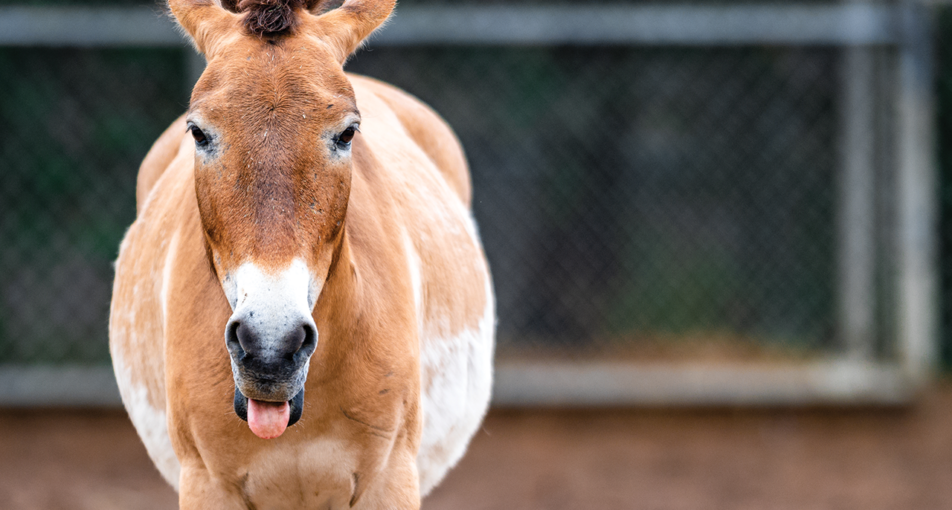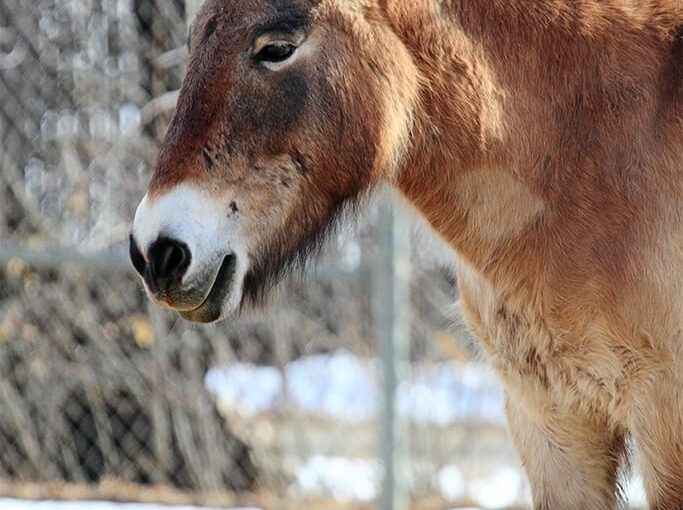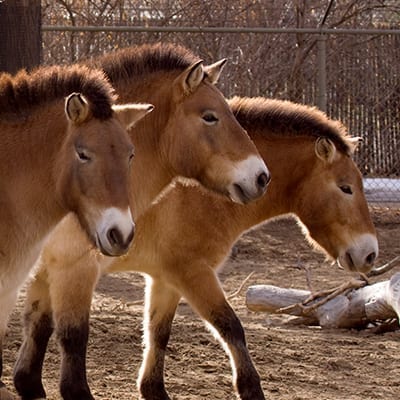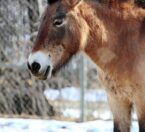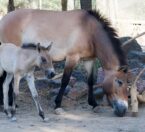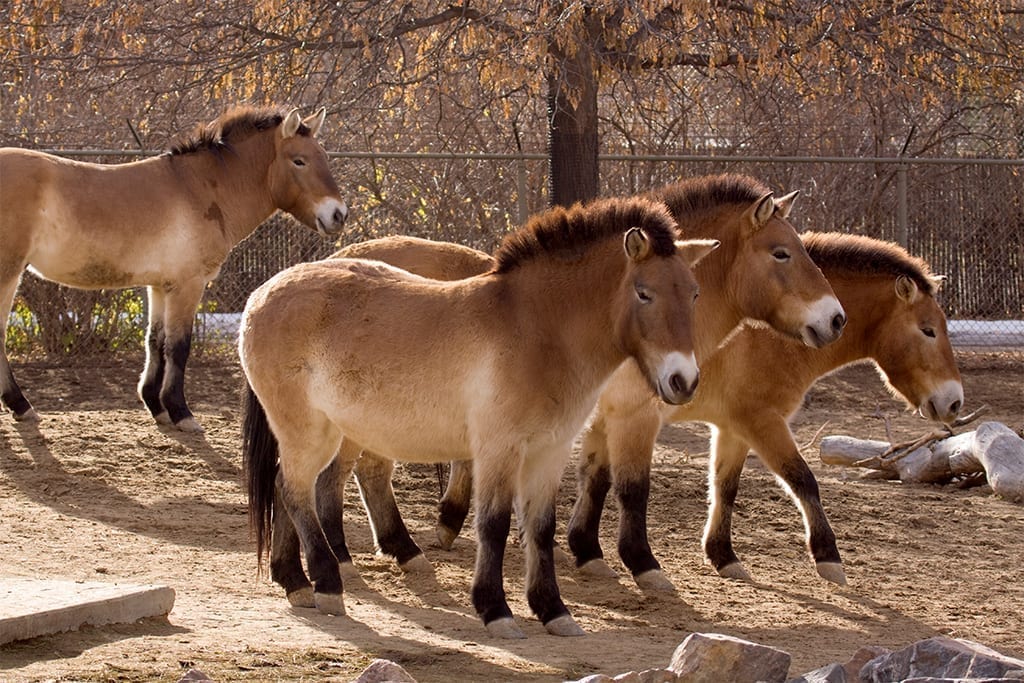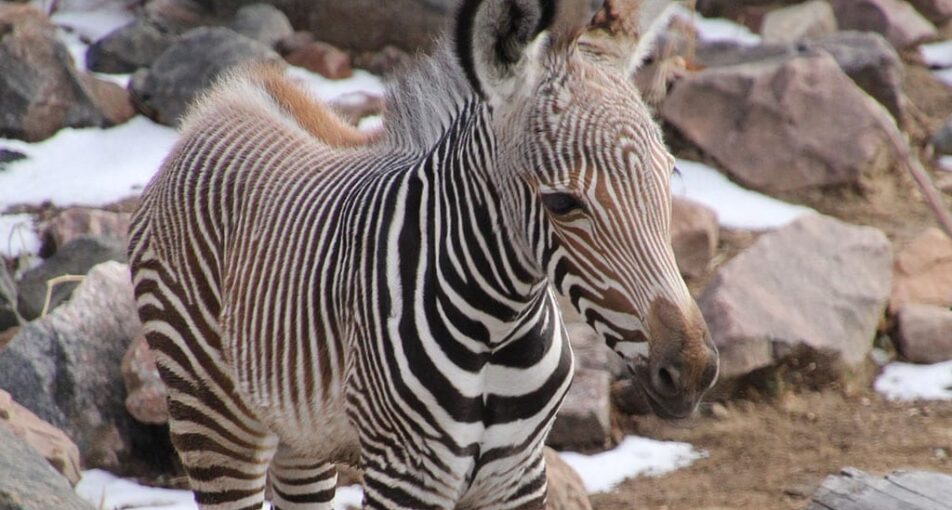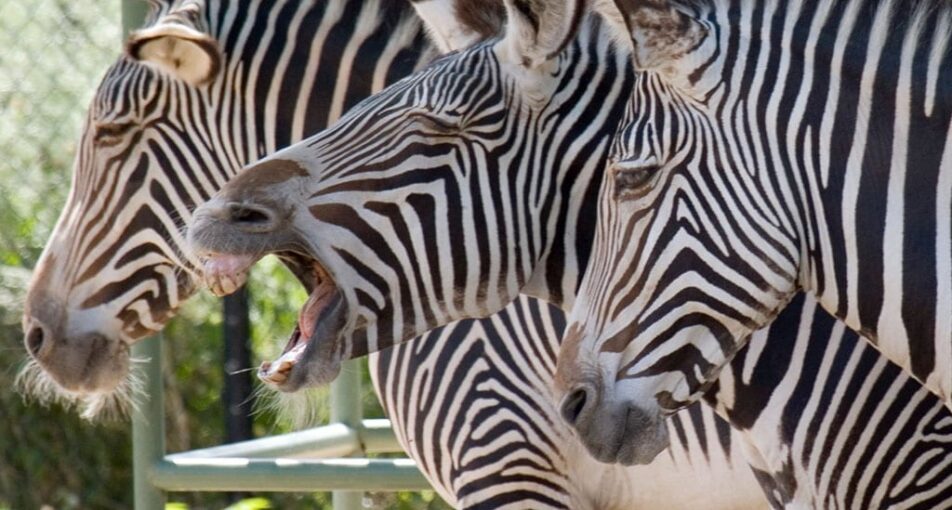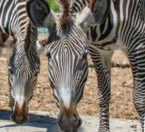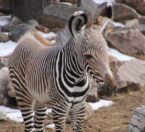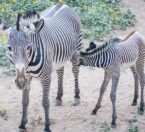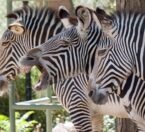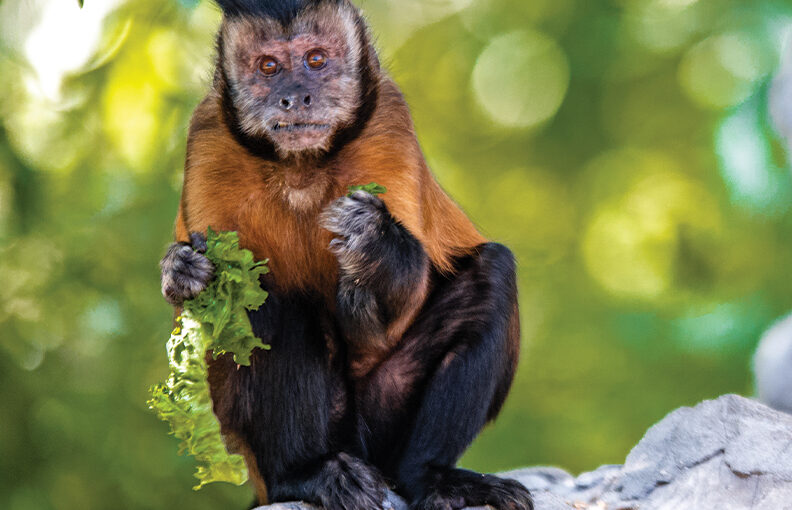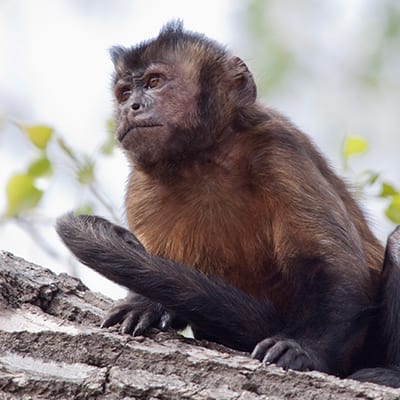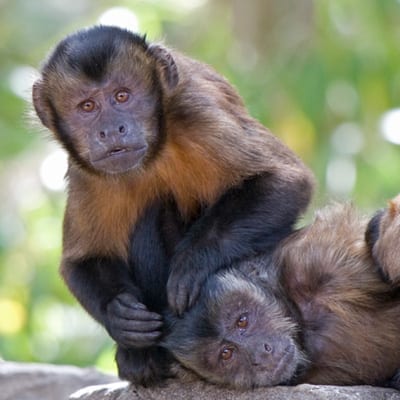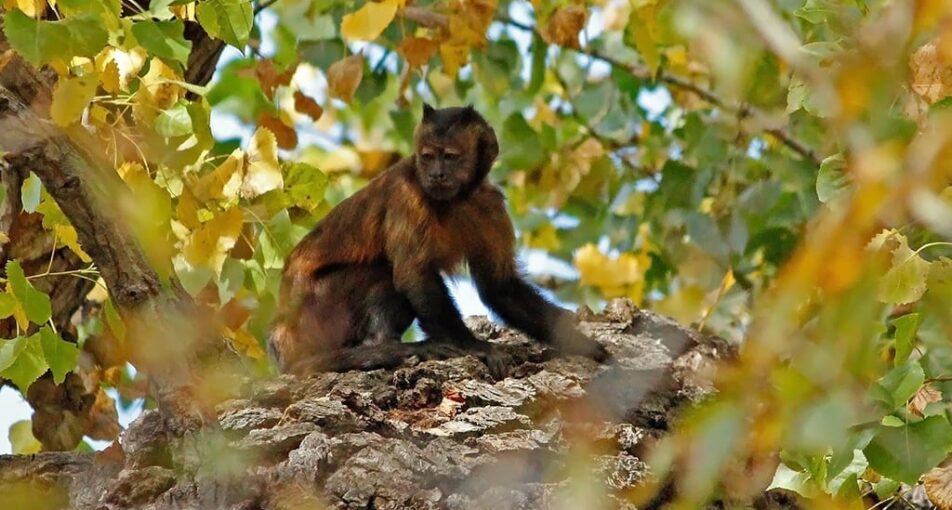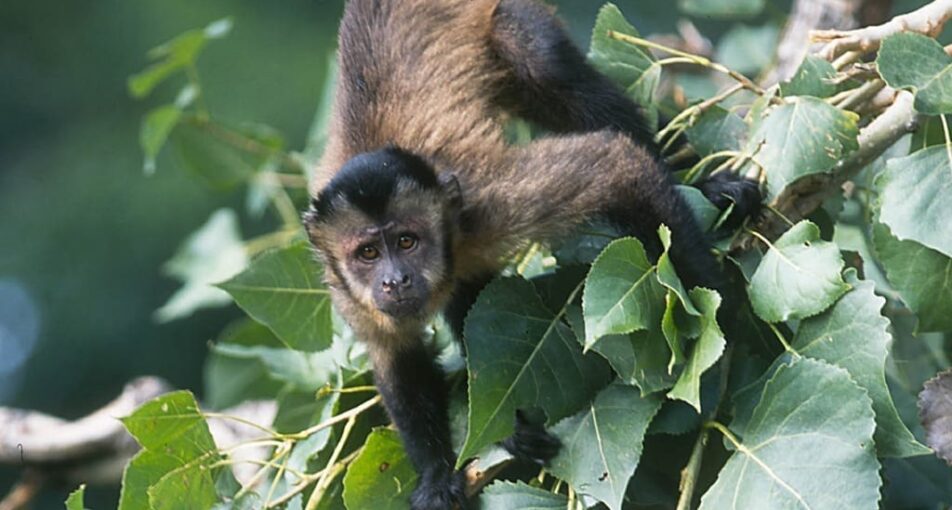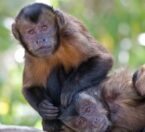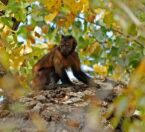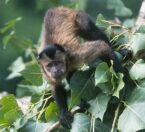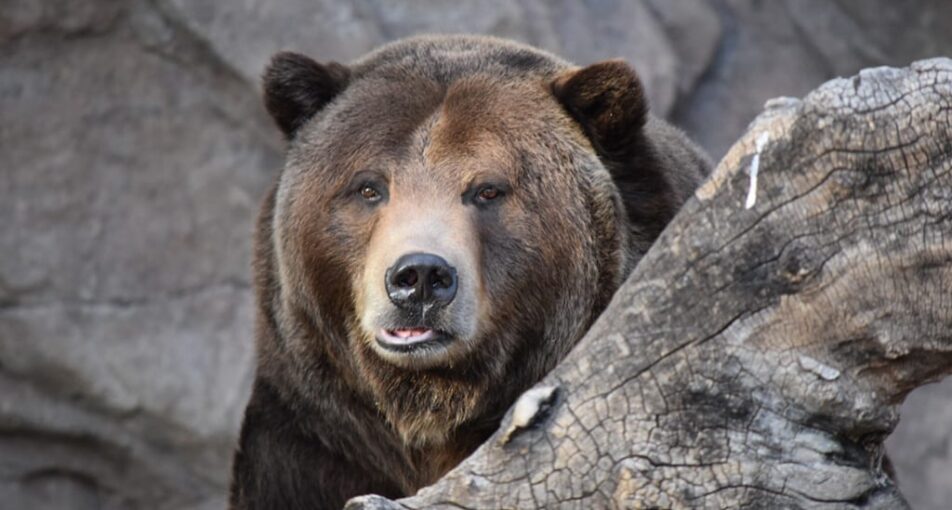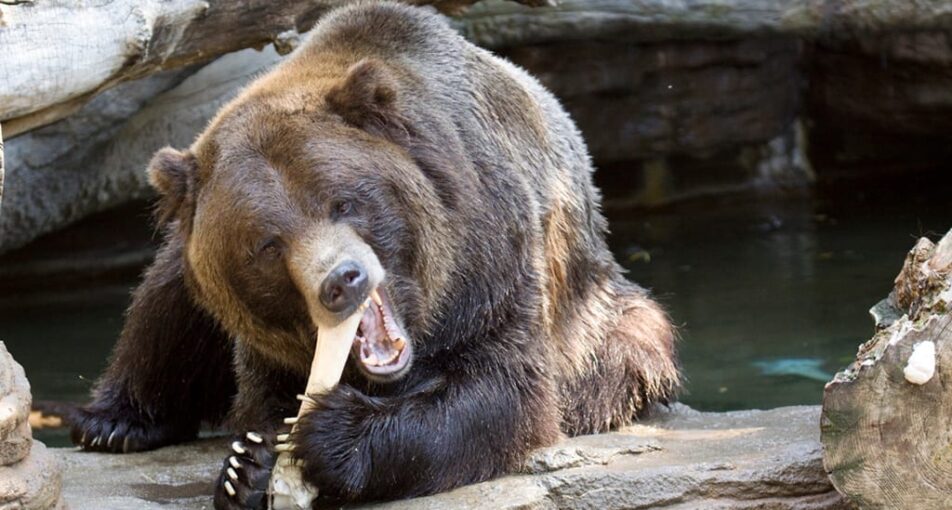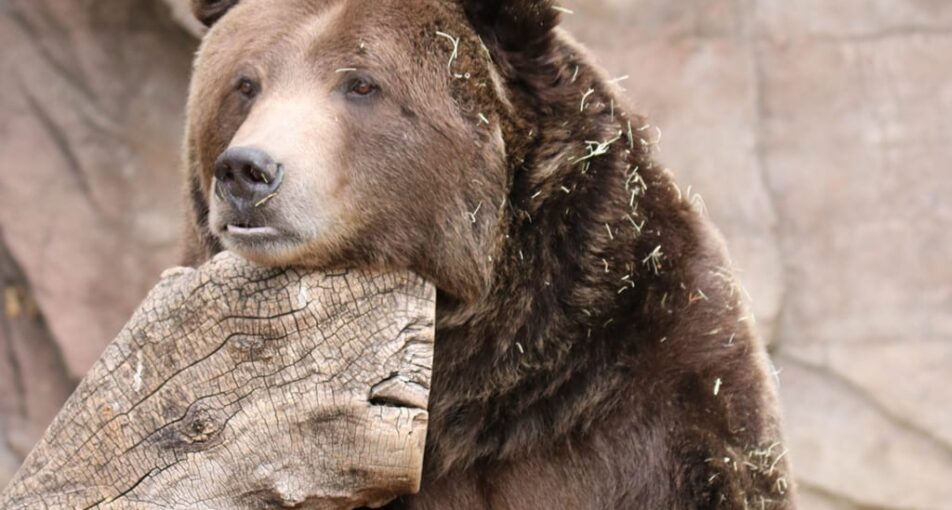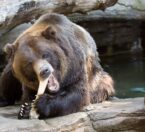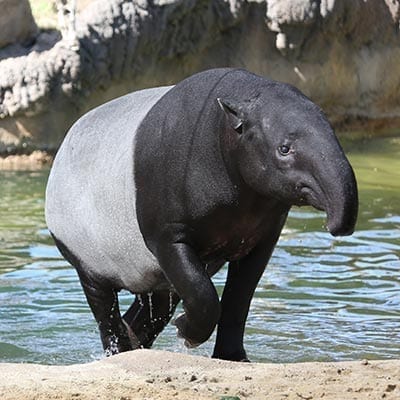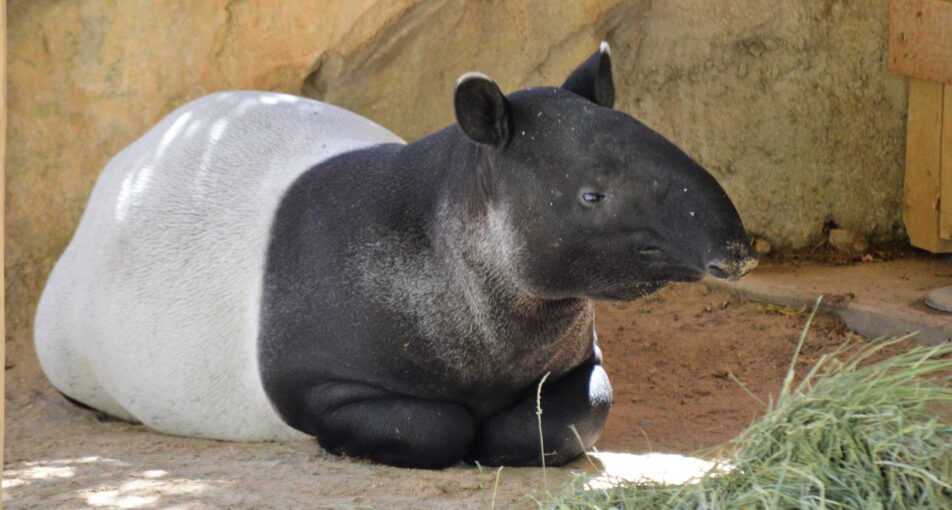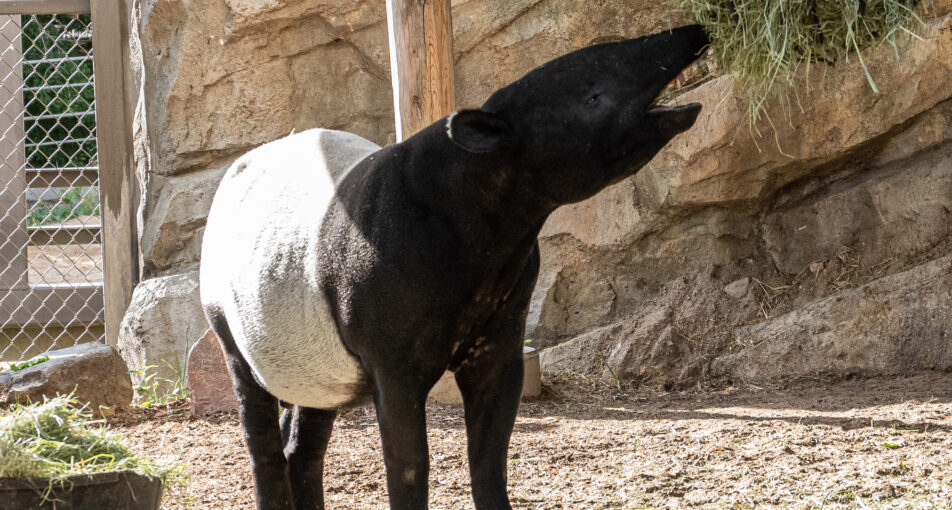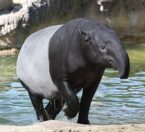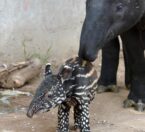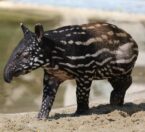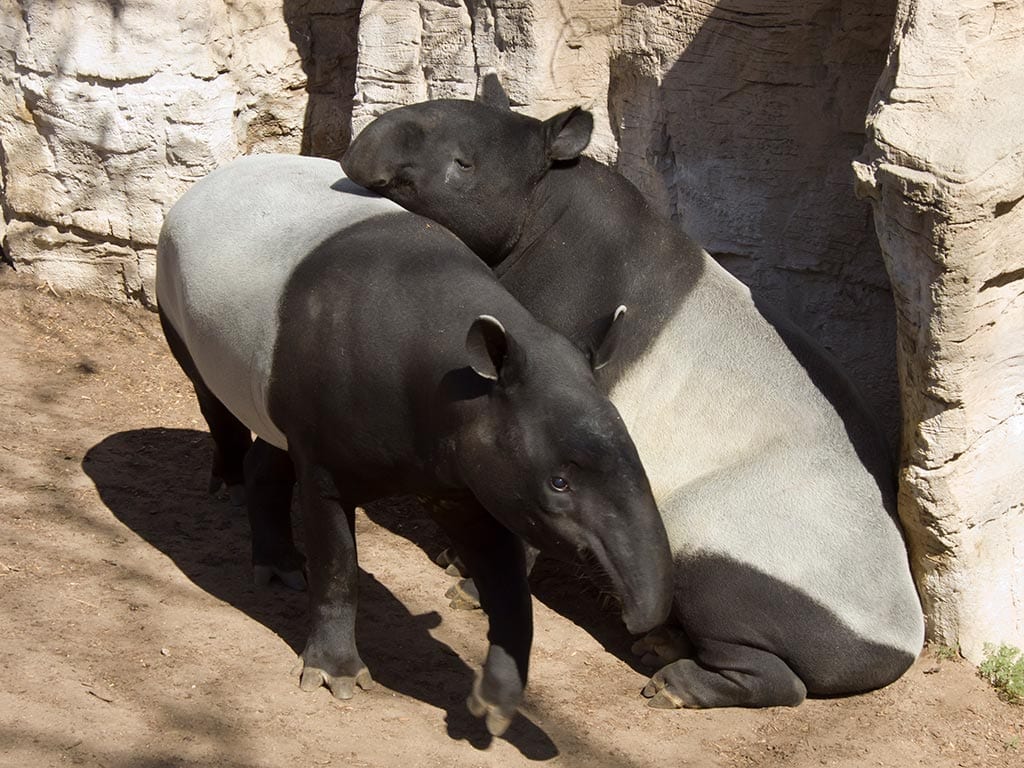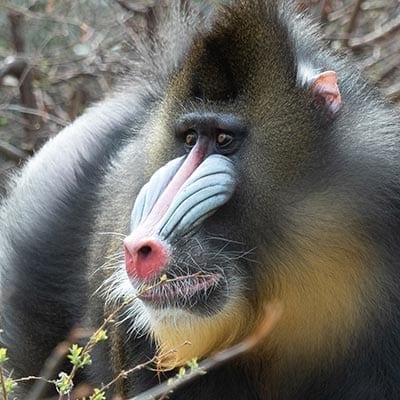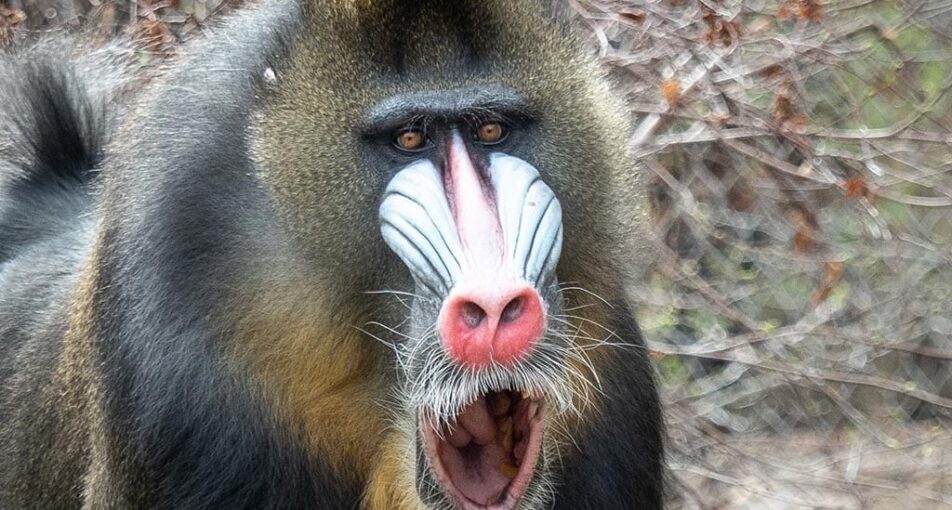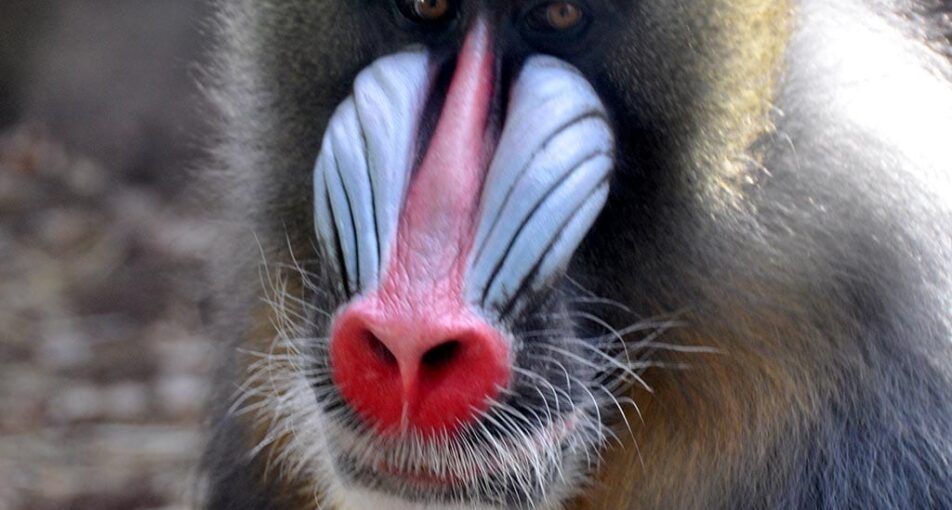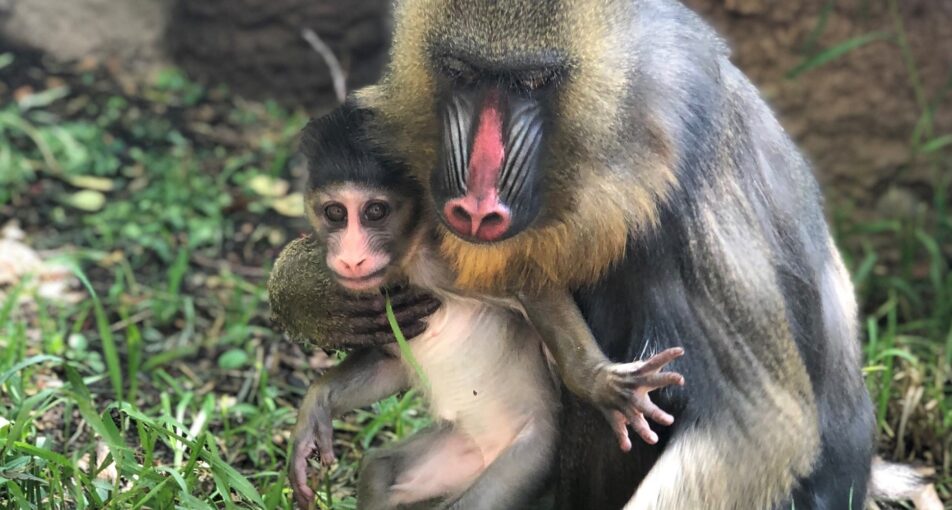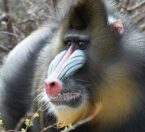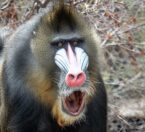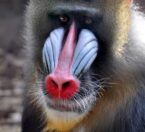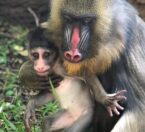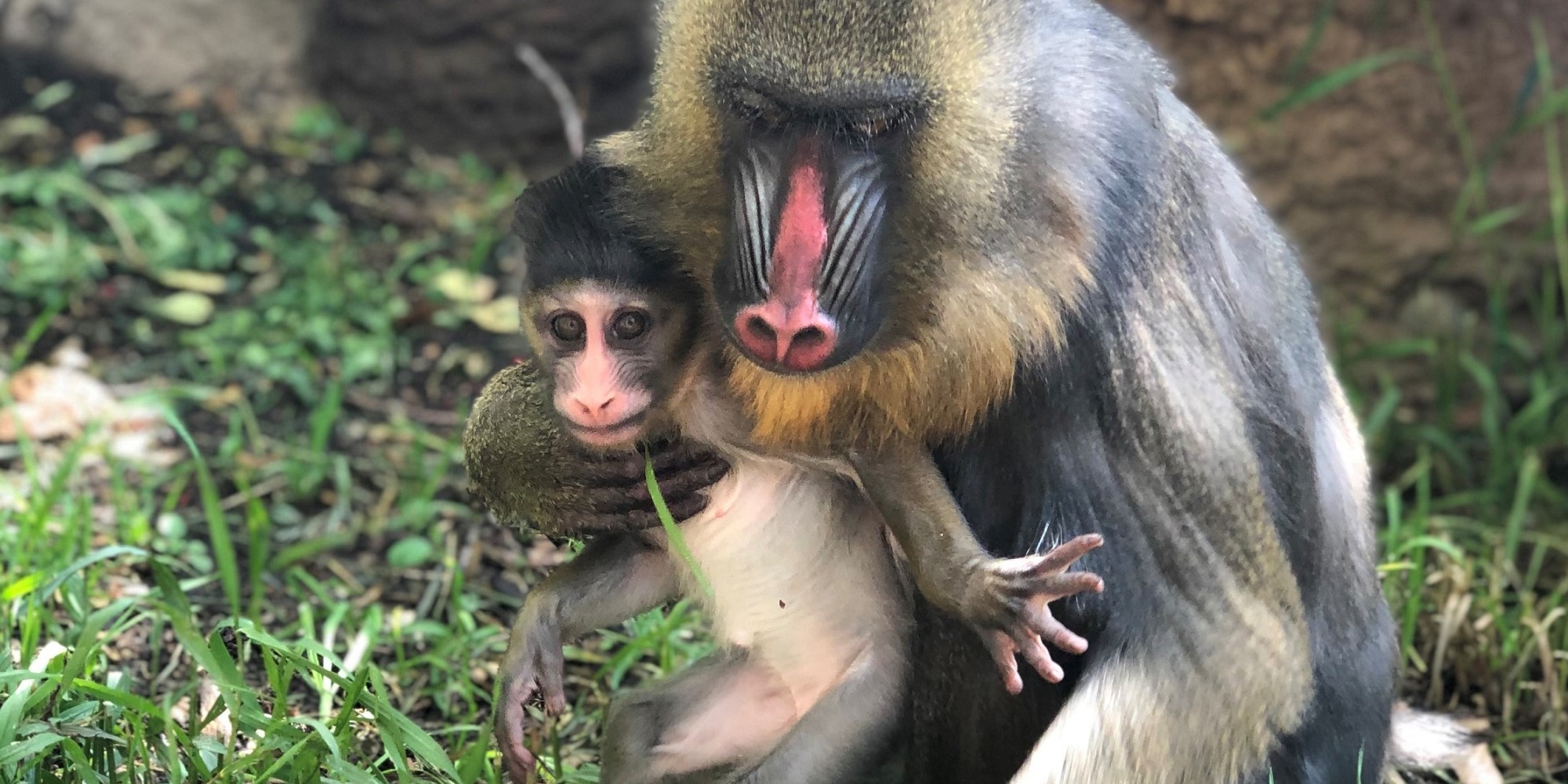Classification
| CLASS: | Mammalia |
| ORDER: | Primate |
| FAMILY: | Hominoidae |
| GENUS: | Pongo |
| SPECIES: | abelii |
Habitat & Range
Preferred habitat of the Sumatran orangutan is in the canopies of primary rainforests, swamp forests and riparian forests that include mature fruit trees.
Sumatran orangutans live only on the northern tip of the island of Sumatra in Indonesia.
They share the island with a recently identified species, the Tapanuli orangutan, that lives farther south.
Location


Adaptations
- Sumatran orangutans have long, strong arms– 1-1/2 times the length of their legs – that enable them to move easily in the trees.
- Fingers and toes are long and strong for gripping branches and opposable thumbs enable orangutans to use a variety of tools to extract embedded food or use as fly swatters.
- Hands and feet are shaped similarly and are used interchangeably to move quadrumanously through the forest canopy.
- Sumatran orangutans use dozens of different vocalizations to communicate.
- Males have large throat sacs that amplify the long calls they use to claim territory and attract females.
- Orangutans are active during the day and build new nests each night for sleeping
Physical Description
- Sumatran orangutans are the largest arboreal primate. They are sexually dimorphic (males and females look different) with males typically about twice the size of females.
- Males stand 4.5 to 6 feet tall (1.4-1.8 m) and weigh 110-200 pounds (50-90 kg) with the largest reaching 250 pounds (113 kg). Dominant adult males have prominent cheek pads or flanges.
- Females are typically 3 to 4 feet tall (.9-1.3 m) and weigh 66-110 pounds (30-50 kg) though some reach 150 pounds (68 kg).
- Orangutans’ arms are longer than their legs which are relatively weak. Males’ arm spans can reach 7.5 feet (2.25 m).
- Both males and females have long, sparse orange or red fur that is fine in texture.
Diet
What Does It Eat?
In the wild:
Fruit makes up about 60% of a Sumatran orangutan’s diet with figs and durian the most frequently consumed. When fruit is scarce, they eat leaves, flowers, bark and occasionally insects and eggs. Consumption of lorises has been reported.
At the zoo:
Greens, vegetables, low starch biscuits, konjac gel, and some fruit for training.
What Eats It?
The Sumatran orangutan was traditionally preyed on by tigers and snow leopards.
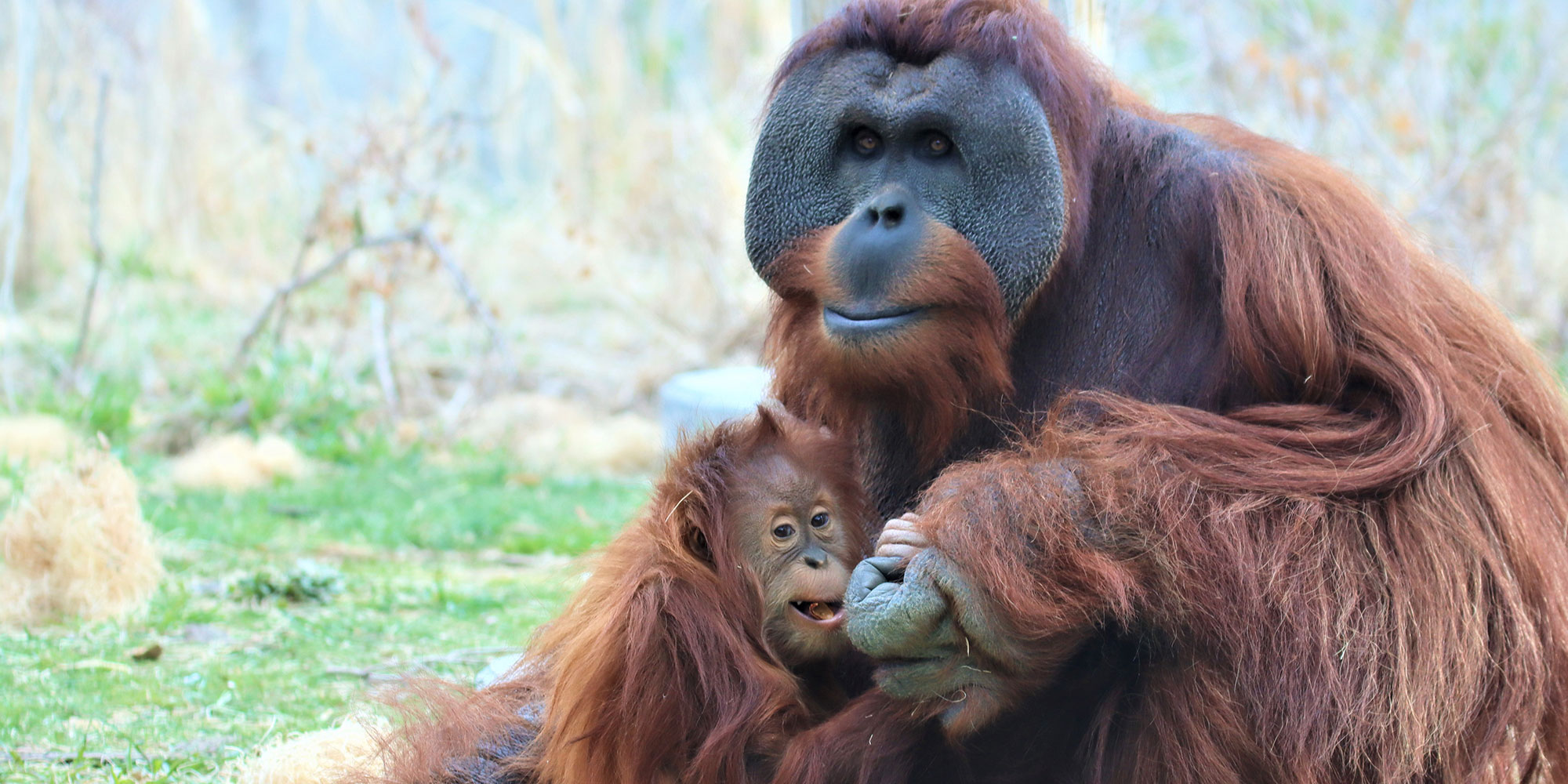
Social Organization
Orangutans are mostly solitary except for mating pairs and females with offspring. Encounters between mature males can result either in aggression or avoidance. Females are more tolerant and may be seen with other adult females or adolescents other than their own. Wild orangutans are almost arboreal. Adults and juveniles will play in social settings or alone.
Life Cycle
Orangutans mature slowly. Females are mature at eight to ten years of age but generally do not bear their first offspring until they are 14 to 16 years old. Males are sexually mature at 13 to 15 years of age. Females are in estrus only a few days a year during which mating can occur. After a gestation of 260-270 days females give birth to a single offspring weighing three to four-and-a-half pounds (1.3-2 kg). Infants are carried by their mothers for two to three years and nursed for up to six or seven years. A female will bear young every eight or nine years and will raise only three or four young during her lifetime. Both female and male offspring go off on their own once they reach maturity. Orangutans may live up to 35-45 years in the wild and up to 50 years in captivity.



